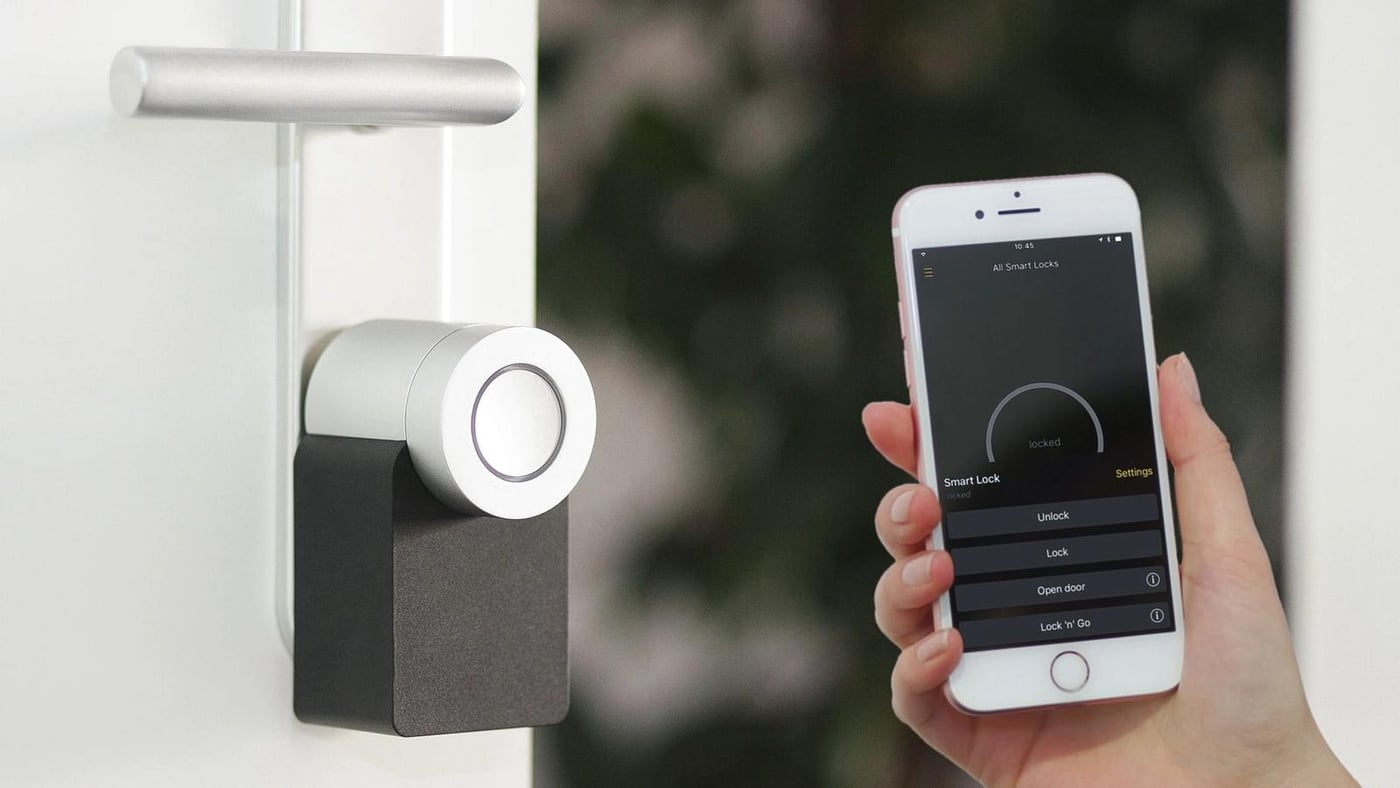
Insight
5 Tech Trends That Will Improve Your Business’s Productivity in 2020
10 February 2021

5 Tech Trends That Will Improve Your Business’s Productivity in 2020
The Internet of Things
The Internet of Things is growing rapidly each year as more and more connected devices are joining the network. 2019 saw many households transform into ‘smart homes’ with the integration of smart security devices, voice assistants like Alexa and Google Home, video doorbells and smart plugs. This year, it’s predicted that the number of worldwide connected devices will reach a staggering 20.4 billion, due to the growing number of businesses who are beginning to realise the productive and cost-effective benefits of IoT. According to the Telegraph, 29% of the world’s organisations have already adopted the IoT, while 67% of its adopters say that their connection is critical to their business’s performance. Companies are saving money with devices like motion sensor lights and smart thermostats, while smart CCTV cameras and locks are strengthening security. The retail sector, in particular, is benefiting, thanks to the IoT’s ability to facilitate inventory management. Where non-IoT, cloud-based inventory systems can already log lots of useful product information – such as stock levels, expiration dates and item location – IoT systems can log even more. IoT product tags can hold information about temperature, object damage and beyond, while built-in GPS makes products even easier to locate. It won’t be long before this method of inventorying becomes the norm for all retailers.
Edge Computing
The rise of IoT is driving the adoption of Edge computing techniques. Rather than transmitting information from a device to a data centre, Edge computing involves processing data locally, either on the device itself or at a nearby server or computer. This is especially useful for sectors that require instant, real-time responses such as the processing of patient records in health care and instant account updates in finance. Instead of transmitting to a server that’s thousands of miles away, Edge data only needs to travel a short distance, thus drastically reducing the device’s latency and bandwidth usage.
5G
Major network providers like Vodafone, EE and O2 have already welcomed 5G to a number of UK cities, but plans are already in place to see that number expand. Just like 4G replaced its predecessor 3G, 5G will follow in its footsteps. With its ultra-fast speed and more stable connection, 5G will not only improve the connectivity of our personal devices, it will provide countless opportunities to adopt and expand IOT solutions. While consumer adoption rates will mostly be dictated by the availability of 5G-capable user devices, initial benefits and innovations are much more likely to be driven by businesses taking advantage of the technology. The healthcare sector, for example, is constantly advancing, so its data usage and transfer-needs are always increasing. With 5G, the industry will have the capabilities to be able to handle these huge volumes of data instantaneously. Its low latency and stability will improve the reliability of life-saving technology like robotics and telemedicine. As for the Finance industry, 5G will help broaden the range of services that can be delivered; instant data transfers, wearable payment technology and AI financial recommendation software can all be made possible. Whatever industry you’re in, 5G will be improving its competencies in some way, whether it’s simply strengthening communication between employees or introducing revolutionary experiences like virtual reality and augmented reality.
Face Recognition
Face recognition is nothing new; airports have used it for years, Apple has implemented it into the most recent iPhones and we see it all the time in Facebook’s ‘suggested-tags’. However, as AI technology develops further, face recognition is becoming more accessible and affordable for businesses to implement into their own services. For example, security systems are harnessing the technology to provide better detection and prevention capabilities. Retailers are able to use face recognition in their CCTV cameras to detect when a known shoplifter enters the store, while the technology can provide an extra layer of authentication in account logins and building entrances. It’s not just security that can benefit from face recognition. IoT devices can implement technology in order to ‘see’ the environment around them. Some healthcare devices, for instance, have the ability to scan a patient’s face and diagnose diseases based on that scan. Similarly, the manufacturing industry could reduce hazards by using ‘seeing’ machinery that detects employees’ whereabouts on the shop floor. The more technology is advancing, the more it’s matching complex human capabilities.
Voice Assisting
With the popularity of voice assistants like Alexa, Cortana and Siri constantly rising, chatting to robots is becoming a norm for us all. They’re already incredibly intelligent, but they’re still prone to frustrating mistakes, like calling John when we asked for Joan or turning the volume up when we asked for it down. In the upcoming years, however, we expect to see these mistakes drastically reduced - thanks to the development of Natural Language Processing (NLP). NLP is the technology that all voice assistants use to understand, interpret and generate human language. Its capabilities depend on the amount of unstructured data that’s available for the software to manipulate. The more users that engage with voice assistants, the more data they’re able to acquire, which is why the technology gradually gets better over time. Soon, it’s expected that human-to-robot interaction will be as seamless as natural conversation, with voice assistants having the ability to interpret features like sarcasm, implied meaning and slang. As the data and conversation abilities of voice assistants progress, it’s also expected that their knowledge will broaden too. Assistants can already answer endless questions, from “What is used to treat pneumonia?” to “What is the population of St. Lucia?”, but they don’t actually have any real skill or knowledge behind their answers – they’re simply regurgitating information found by search engines. To improve this, experts are beginning to tailor the software to their specific sectors, just like Do Not Pay, the world’s first robot lawyer has done. With this advancement, it’s likely that the use of voice assistants in businesses will grow, particularly in industries where it isn’t practical to push buttons or type, such as manufacturers who are wearing safety gloves or healthcare professionals who are too busy operating on a patient. If you’re looking for new ways to future-proof your business, our friendly team of experts can help. By listening to the needs of each company we work with, we’re able to deliver IT solutions to meet specific requirements and expectations, helping you realise your full, productive potential.
Ian Musgrave

FusionCare® Managed Services
IT managed services exactly the way you want them. FusionCare® provides you with robust, flexible and secure IT managed services.
FusionCare®Book Consultation
Simply enter your details below and we’ll contact you to arrange your free 30 minute consultation.